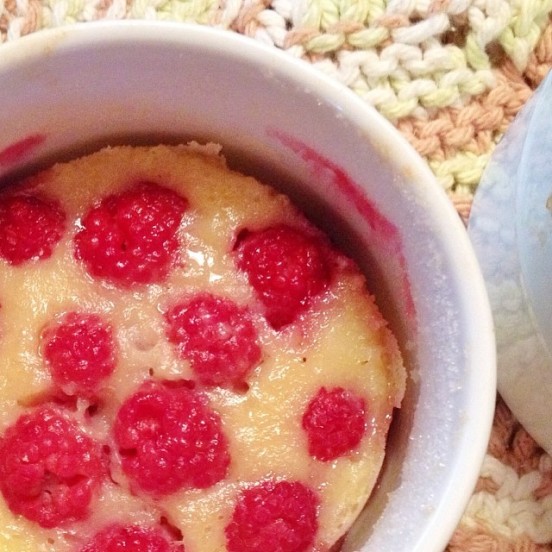Choux pastry is a versatile and light dough that can be used for spectacular desserts and savory treats. Considering how special and *fancy* puffs are when baked, they actually are rather straightforward to make. If you’ve made choux once, subsequent attempts will seem incredibly simple. I like Jacques Pépin’s recipe and directions because the ingredients are minimal/elemental and the long wait times allow you to go about your day while making something magnificent.
I use most of the batter for sweet cream puffs, reserving a half or third for savory cheese gougères.
Choux pastry
• 1 cup water
• 4 T butter
• 1 cup flour
• 4 eggs
• 1/4 tsp salt
1. Boil water, pieces of butter, and salt in saucepan.
2. When butter is melted, remove from heat and add all flour.
3. Quickly mix with wooden spoon until dough begins to form a ball.
4. Put pan over low heat and ‘dry’ for 1 to 2 minutes, mixing occasionally. Try to collect all dough into a single ball to avoid dry bits.
5. Transfer to a slightly larger bowl than would seem necessary and let cool at least 5 minutes. Add eggs one at a time, beating after each. The dough will seem to resist coming together, with large pieces sloshing about in the egg (so the larger bowl should be helpful), but keep mixing. It is finished when the dough is thick and creamy.
6. Coat a heavy baking sheet completely with butter, rubbing with wax paper or just holding the stick and fully covering the pan. Sprinkle flour, then hit and shake the pan to coat completely.
8. For Cream Puffs, put dough into pastry bag with large round tip and pipe golf ball sized puffs.
For Éclairs, drag the pastry bag to make a puff that is about 3 inches long and oval.
For Gougères, add some shredded cheese (Gruyére, Cheddar, Parmesan, etc) and/or herbs to dough. More makes for flat puffs, which will look like boring, normal biscuits. Just using a tablespoon or two will allow for savory flavor while preserving the fun puffiness.
9. Brush with beaten egg, smoothing out tips and obvious imperfections as you go. For a design, drag a fork across the top. Allow to dry for at least 20 minutes.
10. Bake at 375 degrees for 35 minutes, until puffed and golden. When finished, turn off heat and open oven door halfway, letting the puffs cool slowly and dry for a half hour (inside oven).
Filling
Make Custard Cream Filling:
• 2 cups (vanilla almond) milk
• 2 beaten eggs
• 2/3 c sugar
• 1/2 c flour
• pinch salt
• 1 tsp vanilla
• 1 T butter
1. Warm milk in saucepan over medium low heat.
2. Mix flour, sugar, and salt in bowl. Add eggs and combine, beating well.
3. Slowly add flour-egg mixture to milk, stirring with whisk.
4. It will thicken in a few minutes, but if it does not, add more flour until desired thickness is reached.
5. Add vanilla, continuing to stir.
To fill puff pastry, stab side of puff with pastry tip and squeeze until puff feels full.
Éclairs can be filled the same way depending on your tool, but it is efficient to make a slit lengthwise along the side of the éclair and fill.
Gougères are great on their own or can be filled with a soft cheese and/or other vegetables. Goat cheese with herbs and minced mushrooms and olives is quite good.
Ganache
• 1/2 cup or 4 ounces bittersweet or semi-sweet chocolate
• 1/2 cup heavy cream or 1/4 cup regular milk
• 1 T dark rum or Kahlua
1. If you don’t have one (like me), make a bain-marie using two pans of approximately the same circumference. Fill the first with water and boil.
2. Turn heat down to high to preserve a delicate/light boil and place pieces of chocolate in second pan. Put second pan on top of water pan and allow chocolate to melt, mixing frequently with rubber spatula. Alternatively/rationally, melt chocolate in microwave.
3. Pour cream and rum into bowl, then pour melted chocolate into mixture. Whisk until it is creamy. It will be slightly thinner than seems necessary but if it is too watery/thin, melt and add more chocolate. It should be thick enough to coat a cream puff without being translucent, but thin enough to pour.
Pour over cream puffs or éclairs.
For gougères, sprinkle grated cheese and herbs on top instead of ganache.






